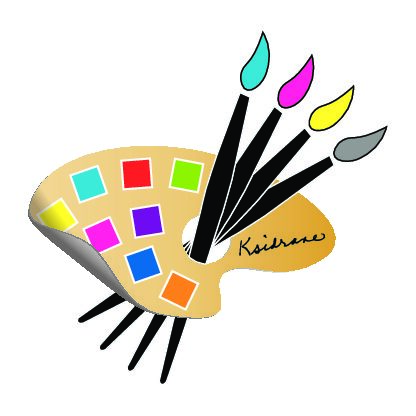“Your printed package can only be as good as your art file.” It’s likely you’ve heard this refrain from any printer that you’ve worked with and for good reason—it’s the truth! While the magic of digital printing can work wonders in creating beautiful imagery, it can’t do so without well-crafted art files to print from.
Read on for everything you need to know in order to send us the best possible art files, yielding perfectly printed results for your brand:
What type of file is the best to send?
We prefer Adobe Illustrator (.ai) files. When sending the files, please convert all fonts to outlines or include MAC fonts. For the best color output, please save files as CMYK. Additionally, please include die cut lines, cut marks or fold lines if required.
Can you accept Adobe Indesign files?
Yes. If sending Adobe Indesign files please include files for all fonts and placed images. In addition to sending Indesign files please send a high resolution PDF or EPS file.


Can you accept photoshop files?
We recommend only using Adobe Photoshop for photographs. Fonts, logos and lines created through photoshop may print pixelated and/or blurry. We cannot guarantee the same quality of print from a photoshop file.
If you must use photoshop however, here are a couple of recommendations:
- Design art at super-high resolution of 600ppi
- Keep all layers and fonts intact
- Save the files as .psd only
- Include files for all fonts used
What are safe margins to work with?
We recommend that you maintain at least a 1/16th inch (.0625) margin from the die line for all art and copy, except for bleed.
What is recommended best practices for barcodes?
All UPC barcodes should consist of black ink printed over a white box. In order to ensure scanability, we recommend a minimum size of 1” from bar to bar and at least 5/16th inches in height. Please allow a 1/8th inch safe zone on either side for scanning purposes.
How do I know if my font will print too small?
Fonts must be a minimum of 4 point in size. For food and drug labeling, in order to meet FDA regulations, all type should be 1/16th inch tall (6.5 point).
How do I show specialty finishes in my artwork?
It is best to create a separate layer in your artwork for any spot varnish, foiling or emboss work.
What else do I need to know?
Here is a list of top tips from our seasoned artists on sending the best print-ready files:
- All fonts, logos and line work must be created as vector artwork for best print results.
- For labels printed on clear or metallic backing, please create a white layer indicating where to print white inks.
- For the richest black, use 100% black only.
- Create borders at 1/16th inch thickness inside the dieline.
Still not sure of something with your file? Feel free to reach out to

